Author: Malcolm Frazer
Mosaic was released by Hop Breeding Company in 2012 and quickly became one of the most sought after varieties by brewers for its ability to impart a vast array of aromas and flavors to beer. Many experience the character from Mosaic as being complex and layered enough to stand on its own with descriptions similar to what usually requires the use of multiple hop varieties including floral, fruity, tropical, and earthy. It makes sense why brewers clamor to get their hands on this variety.
Alpha: 10.5 – 14%
Beta: 3 – 4.5%
Cohumulone: 21 – 25% of alpha acids
Total Oil: 0.8 – 3 mL/100g
Myrcene: 30 – 40%
Humulene: 10 – 15%
Caryophyllene: 3 – 8%
Farnesene: <1%
Linalool: 0.4 – 0.8%
Geraniol: 0.5 – 0.9%
ß-Pinene: 0.6 – 1%
Parentage: daughter of Simcoe and Nugget derived male
I’ve been a fan of Mosaic since it was first released and have used it many times with great results. I’ve tried a number of commercial beers featuring Mosaic as the sole hop, most tending to be as complex and tasty as I’ve come to expect. Of course, I’ve always known what to expect due to knowing what hop was used, which made me wonder how blind tasters would experience a Mosaic single hop beer.
| MAKING THE BEER |
I brewed a 10 gallon batch of this single hop Pale Ale, half for The Hop Chronicles and half to enjoy myself, the simple grist and clean yeast allowing the Mosaic to play the leading role.
Mosaic Pale Ale
Recipe Details
| Batch Size | Boil Time | IBU | SRM | Est. OG | Est. FG | ABV |
|---|---|---|---|---|---|---|
| 5.5 gal | 60 min | 54.8 IBUs | 6.0 SRM | 1.054 | 1.012 | 5.6 % |
| Actuals | 1.054 | 1.013 | 5.4 % | |||
Fermentables
| Name | Amount | % |
|---|---|---|
| ESB Pale Ale Malt, Gambrinus | 10.875 lbs | 95.08 |
| Vienna Malt, Avangard | 7 oz | 3.83 |
| William Crisp Crystal Light 45L | 2 oz | 1.09 |
Hops
| Name | Amount | Time | Use | Form | Alpha % |
|---|---|---|---|---|---|
| Mosaic (HBC 369) | 15 g | 60 min | Boil | Pellet | 13.5 |
| Mosaic (HBC 369) | 30 g | 10 min | Boil | Pellet | 13.5 |
| Mosaic (HBC 369) | 28 g | 20 min | Aroma | Pellet | 13.5 |
| Mosaic (HBC 369) | 56 g | 3 days | Dry Hop | Pellet | 13.5 |
Yeast
| Name | Lab | Attenuation | Temperature |
|---|---|---|---|
| California Ale (WLP001) | White Labs | 77% | 68°F - 73°F |
Notes
| Water Profile: Ca 69 | Mg 11 | Na 33 | SO4 130 | Cl 45 | HCO3 67 |
Download
| Download this recipe's BeerXML file |
I pitched a fresh pack of WLP001 California Ale yeast into a starter a couple days prior to brewing.
As the strike water was heating, I measured out and milled the grain.
When the water had reached the temperature indicated by BeerSmith, I transferred it to my cooler MLT and gently stirred the grains in to hit my target mash temperature.
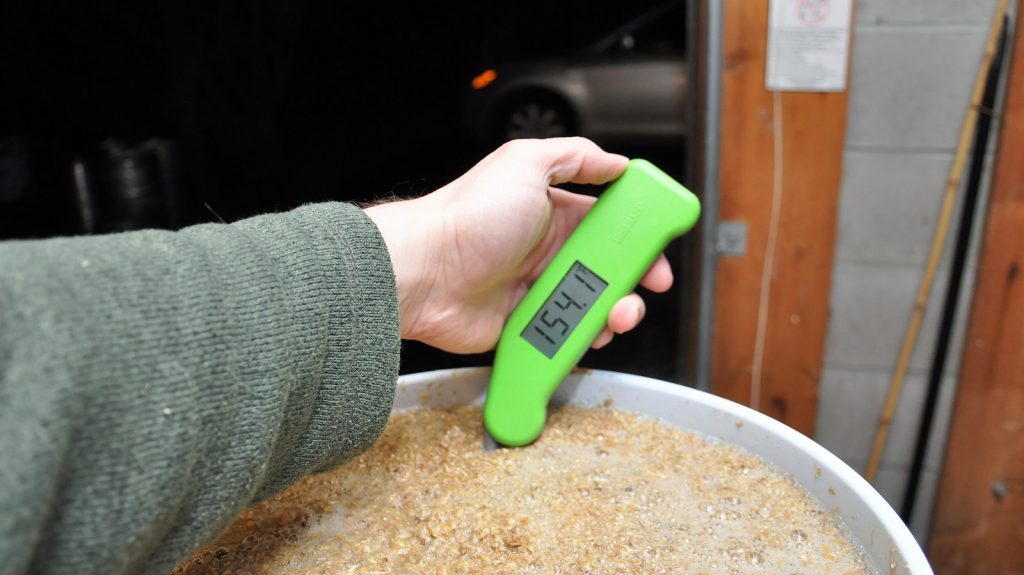
I stole a small sample of sweet wort about 15 minutes into the mash to check my mash pH. Dead nuts.
I left the mash alone for 60 minutes before collecting the first runnings then performing a quick batch sparge to reach the proper volume. As the wort was coming to a boil, I measured out all of the kettle hop additions.
The wort boiled for an hour with hops added at the points indicated in the recipe.
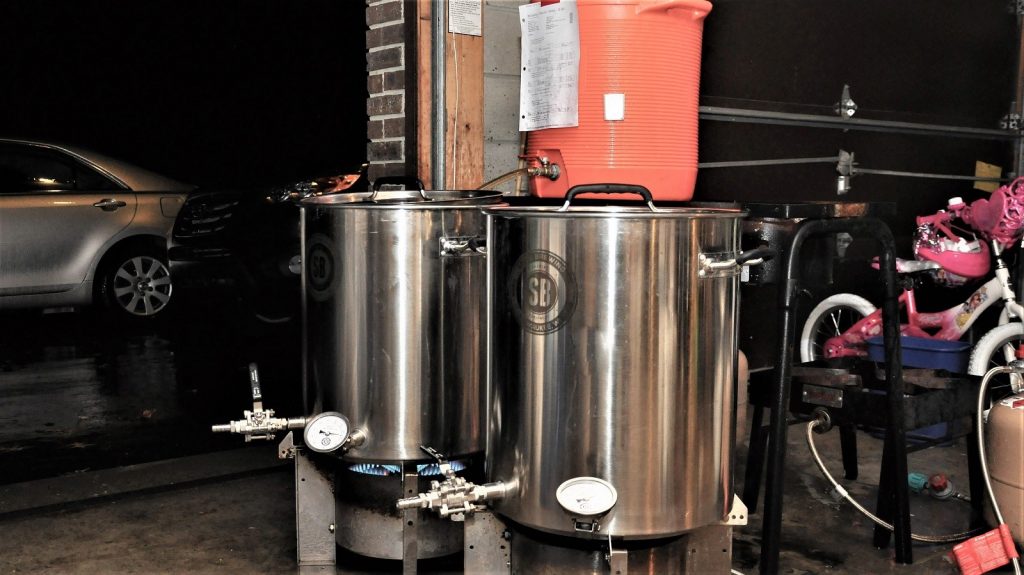
At the end of the boil, I hastily chilled the wort to just below 150˚F/66˚C then added the whirlpool addition and let it stand for 20 minutes before proceeding to finish chilling.
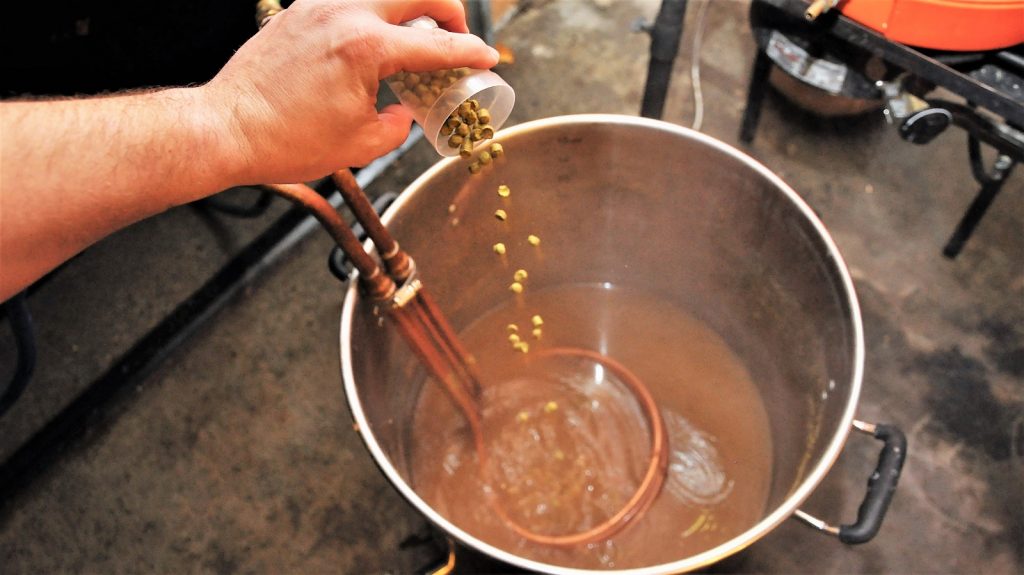
A hydrometer measurement confirmed I’d hit my target 1.054 OG, after which I racked the wort to a fermentor.
With the wort sitting at 66°F/19°C, I pitched the yeast and set the temperature controller to 68°F/20°C. Visible airlock activity was observed the following day and I let the beer continue fermenting at this temperature for 5 days before adding the dry hop charge and raising the temperature to 71°F/22°C to encourage complete attenuation. Signs of activity were all but absent another week later so I took a hydrometer measurement that confirmed the beer had reached target FG.
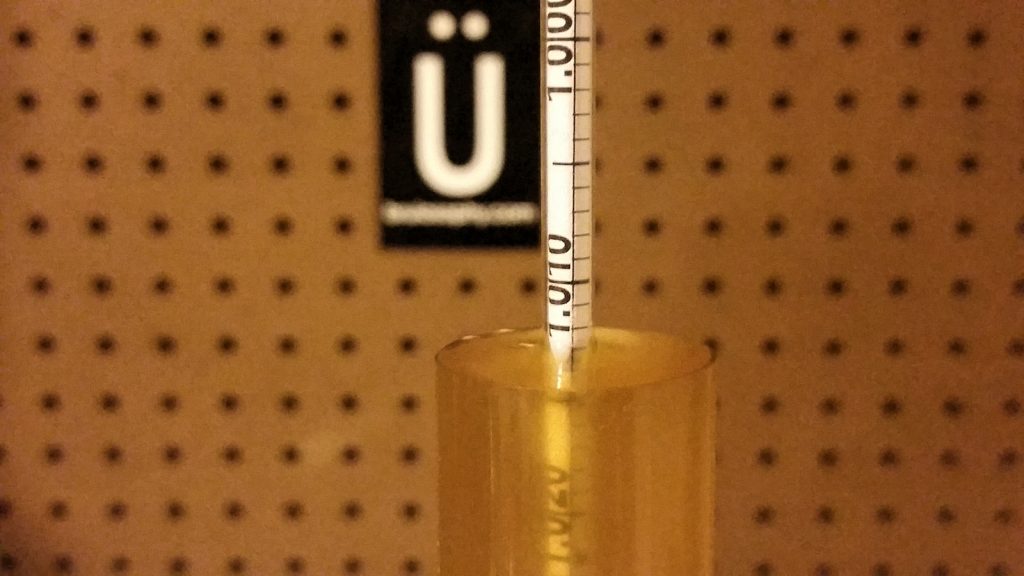
The beer was cold crashed overnight then pressure-transferred into a keg.
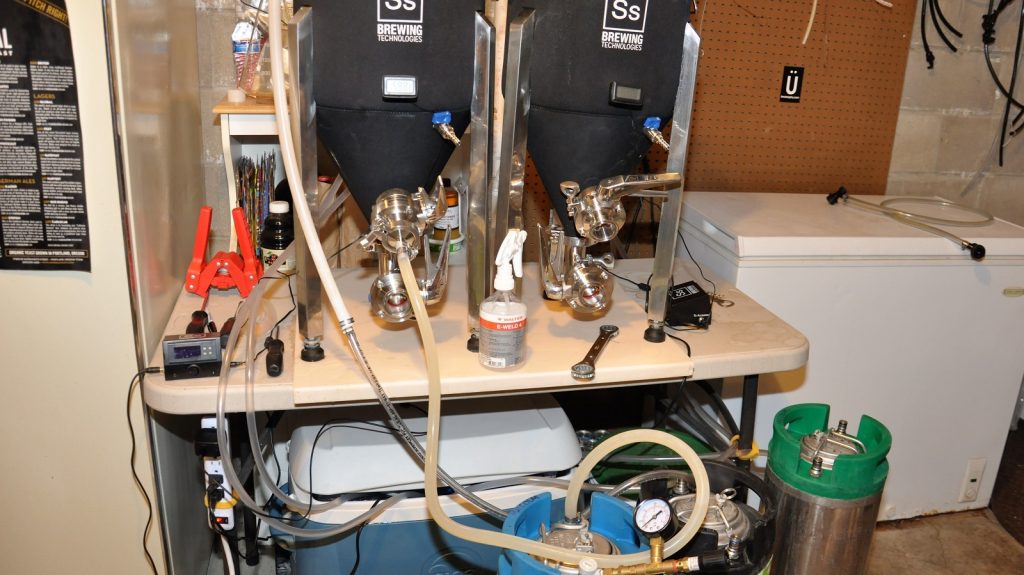
Into the keg of cold beer I added gelatin fining then burst carbonated overnight before reducing the CO2 to serving pressure where it sat to condition for a few more days. When it came time to serve the beer to tasters, it was looking quite lovely.
| METHOD |
Participants were instructed to focus only on the aromatic qualities of the beer before evaluating the flavor. For each aroma and flavor descriptor, tasters were asked to write-in the perceived strength of that particular characteristic on a 0-9 scale where a rating of 0 meant they did not perceive the character at all and a rating of 9 meant the character was extremely strong. Once the data was collected, the average rating of each aroma and flavor descriptor was compiled and analyzed.
| RESULTS |
A total of 24 people participated in the evaluation of this beer, all blind to the hop variety used until after they completed the survey. The average aroma and flavor ratings for each descriptor were plotted on a radar graph.
Average Ratings of Aroma and Flavor Perceptions
The 3 characteristics endorsed as being most prominent by participants:
| Aroma | Flavor |
| Tropical Fruit | Resinous |
| Citrus | Citrus & Pine (tie) |
| Resinous | Tropical Fruit |
The 3 characteristics endorsed as being least prominent by participants:
| Aroma | Flavor |
| Onion/Garlic | Onion/Garlic |
| Earthy/Woody | Apple/Pear |
| Apple/Pear | Berry |
Participants were asked to the pungency of the hop the hop character.
They were then instructed to identify beer styles they thought the hop would work well in.
Finally, tasters were asked to rate how much they enjoyed the hop character on a 1 to 10 scale.
My Impressions: I perceived this beer has having a strong tangerine presence with the floral, earthy, and citrusy notes reminiscent of sweet orange blossom jam. Unlike the participants, I didn’t perceive much resinous character in the beer and found that result a bit surprising, though it’s possible my evaluation was influenced by my awareness of the hop used. Overall, this beer was as delicious and easy to drink as I’ve come to expect from Mosaic hopped Pale Ale!
| CONCLUSION |
I’ve used Mosaic quite a bit over the last few years and have developed a rather strong fondness for its ability to impart the impression of layered flavors all on its own. In my experience, Mosaic tends to lack a bit when it comes to dank, pine, and “catty” characteristics, a non-issue for some that can easily be addressed by those who care with complimentary hops. With descriptors like resinous, tropical fruit, and citrus being the most common among the blind participants, Mosaic certainly seems an ideal variety for IPA and hoppy Pale Ale as well as modern twists on Saison and even some some funky wild and sour ales.
If you have any thoughts on Mosaic hops, please feel free to share them in the comments section below!
Support for The Hop Chronicles came from Yakima Valley Hops, suppliers of over 40 varieties of hops ranging from classics like Saaz and Cascade to yet-to-be-named experimental options. Offering great prices with reasonable shipping, consider Yakima Valley Hops for your next hop purchase.
Support Brülosophy In Style!
All designs are available in various colors and sizes on Amazon!
Follow Brülosophy on:
FACEBOOK | TWITTER | INSTAGRAM
If you enjoy this stuff and feel compelled to support Brulosophy.com, please check out the Support Us page for details on how you can very easily do so. Thanks!


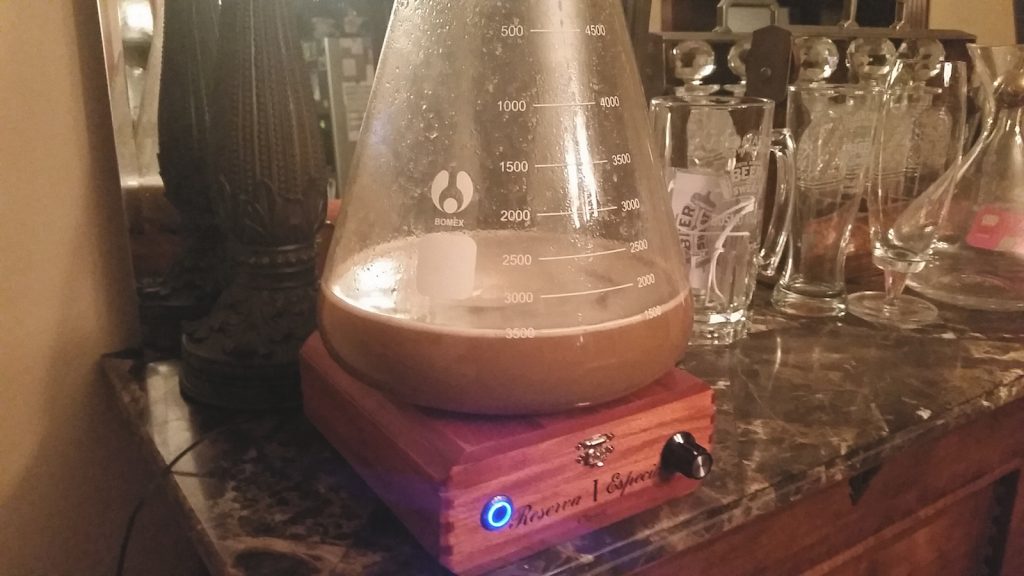
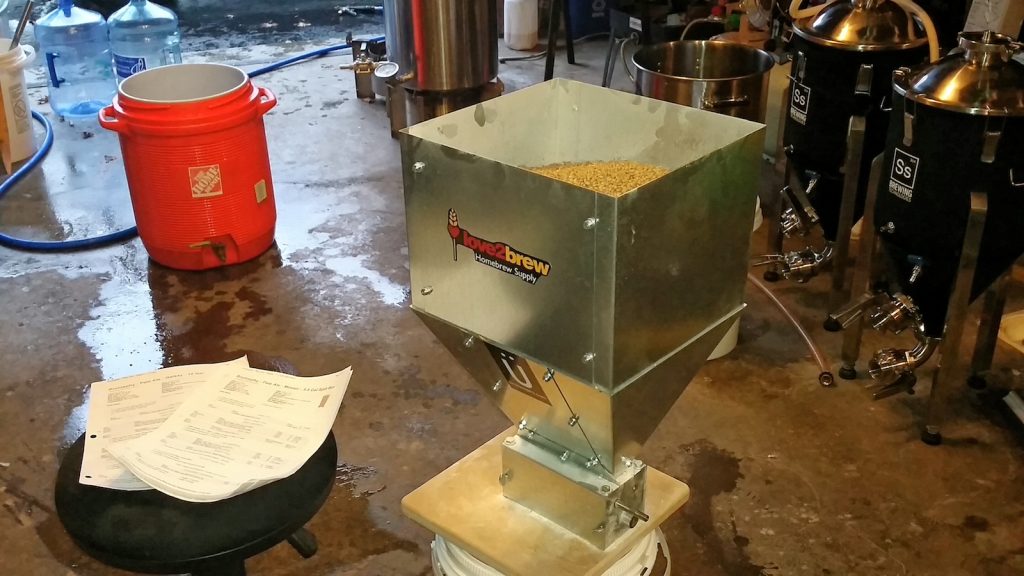

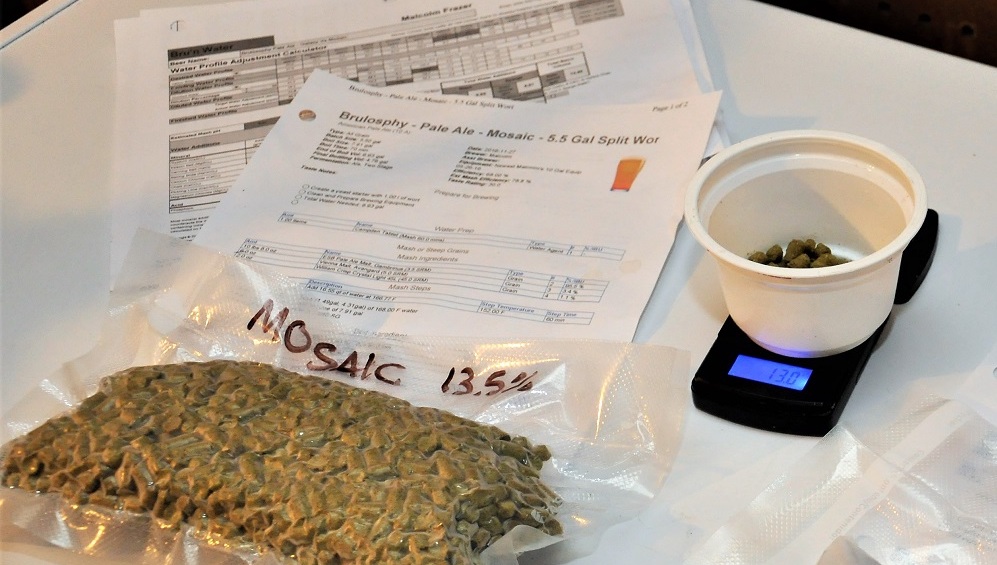
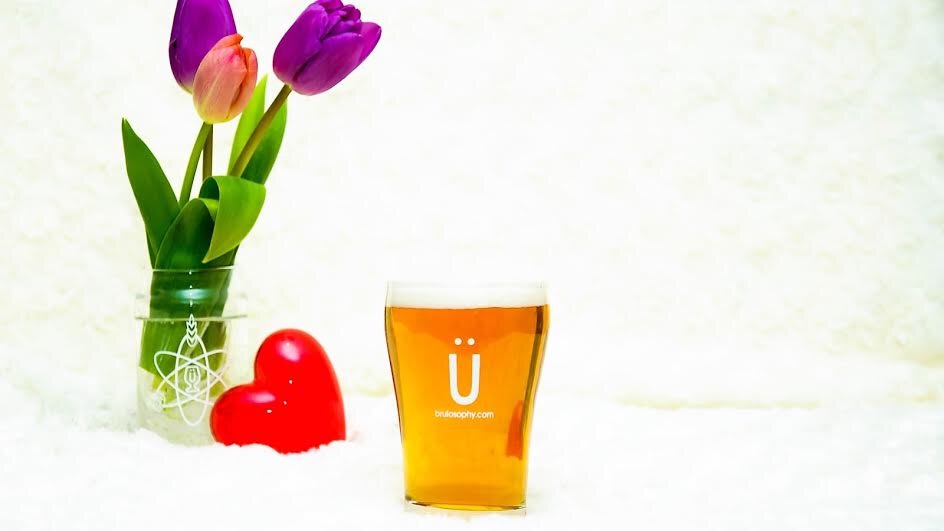
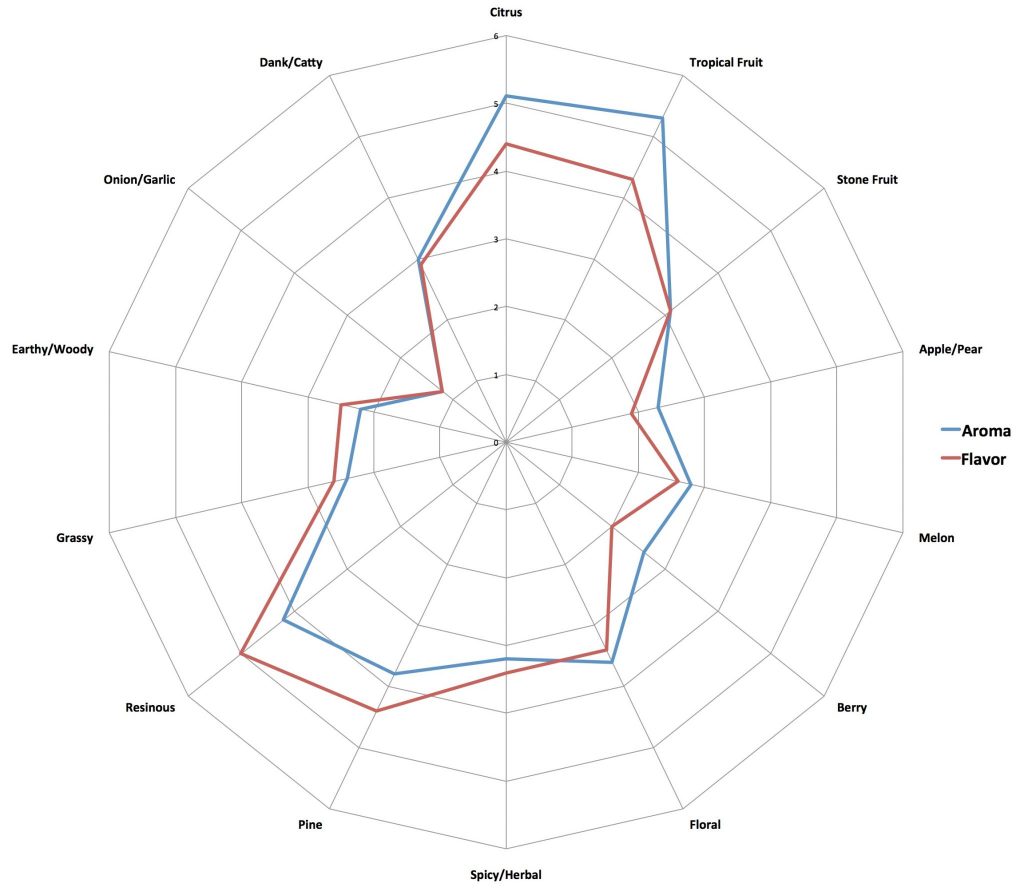
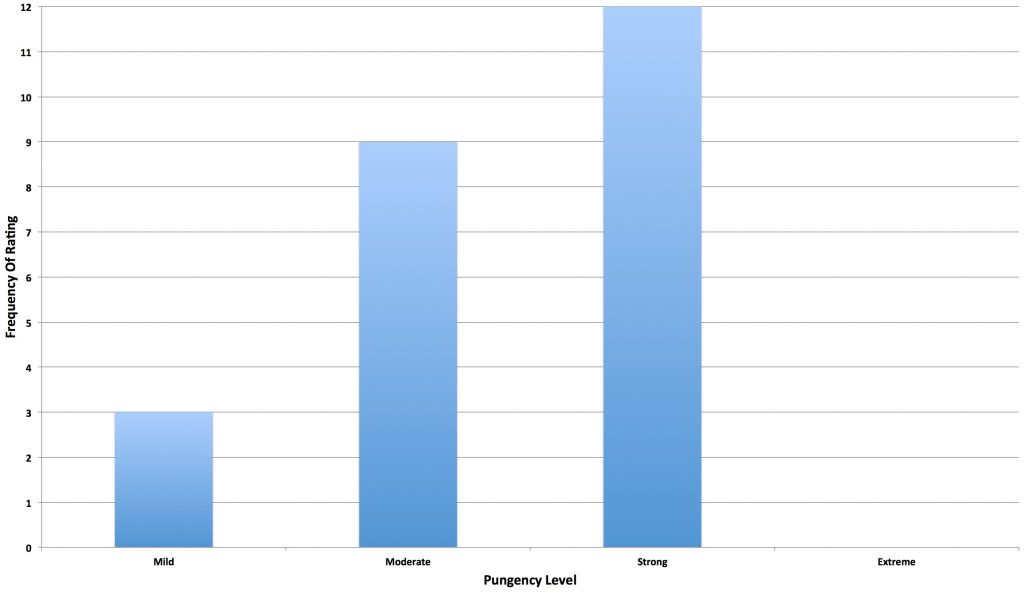
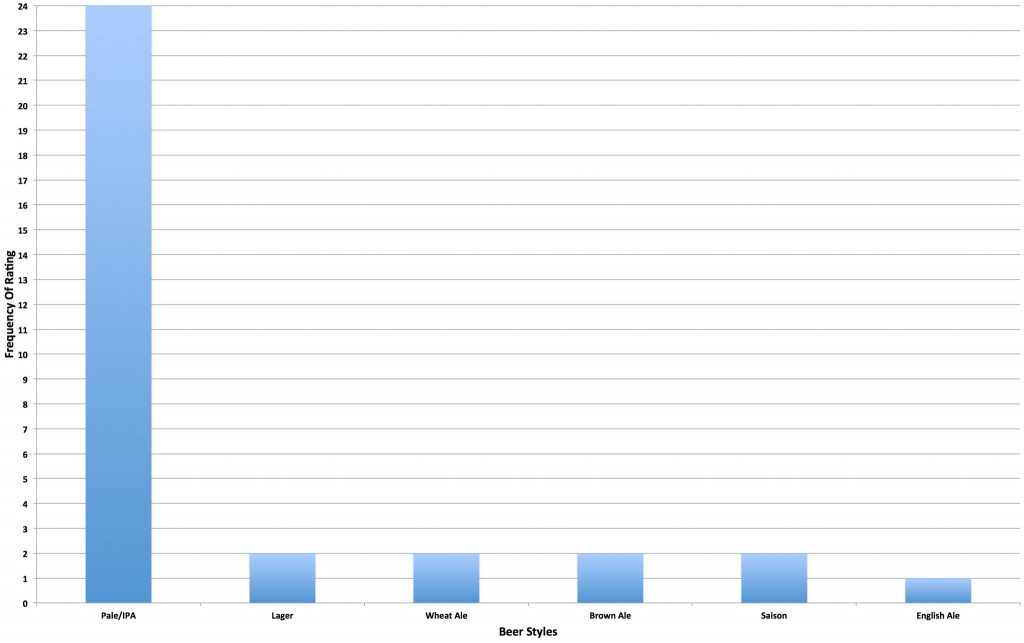
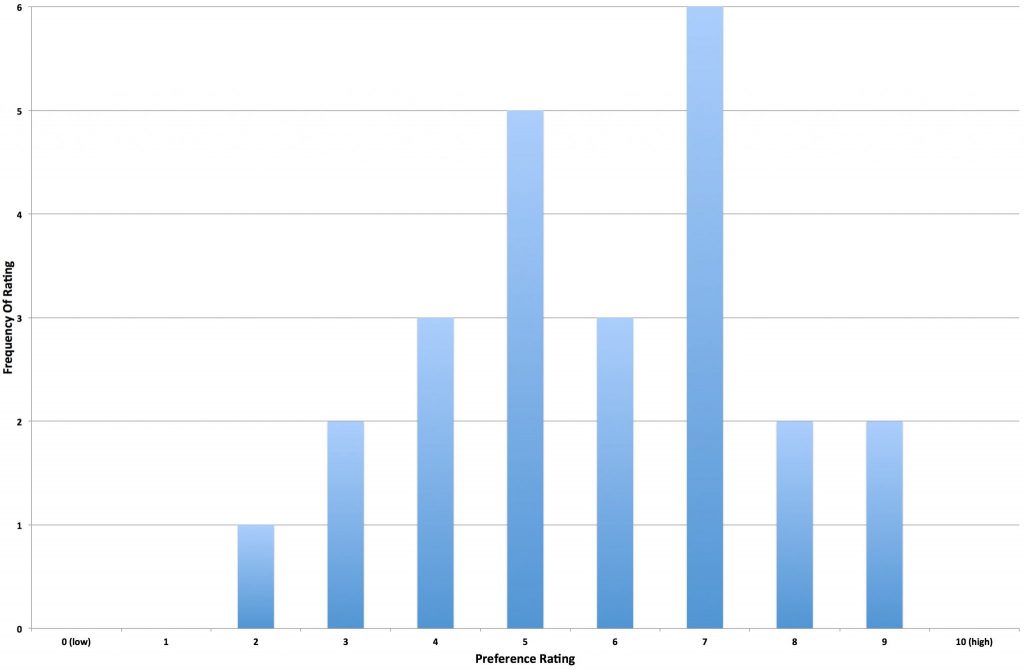











33 thoughts on “The Hop Chronicles | Mosaic (2016) Pale Ale”
Maybe it depends on the batch you get. I often get a dankness or resinous character from it when using it with heavy dry hopping.
Perhaps it’s like Amarillo & Cit ran in that regard.
What I found interesting was in how I perceived resin to be on the low end, yet those polled rated it at the higher end (as group). I would default to the masses in this case.
Citra gives some dank/resinous (not sure of difference exactly) if you use it in huge dry hop amounts I’ve found. Mosaic is stronger on that front though, standing out at 1/3-1/2 the amount of Citra with the dankness. It is not dank like summit,comet, apollo, etc., but it has kind of that character, very complex though. I agree with you on that.
Have you done anything to the water in order to correct the pH before adding the malt?
When I check the pH is always too high and I spend a lot of time adjusting it, I thought on the option of pre-acidifing the water before adding the malt.
Water profile can vary widely from person to person and place to place. Perhaps that’s an obvious statement, but as such, what I do may not apply to you.
My water has sufficient minerals and hardness to allow me to dilute it to achieve close to my desired profile for the beer and grist being brewed. I then make a final tweak with CaSO4 or CaCl to up my Ca+ ppm and set my ratio of SO4 to Cl-, once again depending on the recipe and beer. I enter all that data into Bru’n Water (thanks Martin!) and see what the predicted mash pH should be. If needed, I then add some acid to my water. I am usually within 0.05 pH units.
Thanks! I’ll look into Bru’n Water
Would love to see a twist on the Hopwards recipe with single hops (especially Mosaic) to see the effects of biotransformations with single varities. I hear Blueberry thrown out a lot with Mosaic… 🙂
Same, with regard to blueberry and berry in general, but oddly I didn’t perceive it nor did the panel (seemingly).
Interesting how having an expectation of what the beer is going to taste like can modify your perception. Though it rarely happens I like trying a beer knowing nothing about it, often a much different experience than going in having a preconceived notion of what I should/shouldn’t be tasting.
Indubitably
Did you brew 10 gal or 5.5 gal? There appears to be a discrepancy in the text and in the batch size info.
Recipe is for 5.5, but I brewed 11 gallons. That was unclear. It was originally explained but because half of it is for an upcoming xBmt my guess is through editing the message was garbled. We should revise that. Thanks.
Mosaic is by far my favorite variety. Poetry could be written about this hop! You can create a total fruit bomb if you use it with citra “Deschutes Fresh squeezed.” OR you can create a more resinous earthy flavor by blending it with something like Simcoe. It’s so versatile! I love using it with very estery, english yeast strains too.
Every time I’ve ever used mosaic as a single hop, I get a strong berry character from it, I’m really surprised this wasn’t reported.
That’s interesting, I didn’t know they used citra and mosiac in fresh squeezed. That’s a beer I’ve never really been a fan of, I feel like a get a lot of peach skin flavor from it. I’m a huge fan of Founders mosiac promise though.
It’s a running joke with my other beer geek friends “of course you like it, it has mosaic in it.” I just love mosaic in beers.
The only single hop mosaic beer I’ve had is founders mosaic promise, and I’ve used mosaic in my beers three or four times. I’ve always perceived a kind of cattiness from it, but this THC is making me doubt that. Maybe I’m getting the weird flavors in my own beers from my use of citra?
I’m pretty sure that there is a genetic component to the cattiness, and that some folks are much more sensitive than others (kind of like cilantro). My brother (pro brewer) and I both get it from Mosaic. I get it from Azacca and CItra, too.
Never heard that but I’ll look into it. I perceive catty in many hops, Citra for sure – some of the time. More so lately than when it first came out (if my recall is accurate).
i’ve gotten the subtle blueberry favor from commercial Mosaic single hop beers but never in my own homebrew… wish I could get it
I too perceive Mosaic as orange/tangerine citrus above anything else. I’ve always likened it more to Amarillo and don’t use both in the same recipe.
Can you please describe how your transfer hose is connected to your keg? also looks like you have a spunding valve on there too. What is that doing for you? Thanks!
From FV outlet, to keg out port.
This a bad pic because it shows an in-between step. In that pic the outlet (from FV/ to keg liquid out port) hose is merely press fit onto the threads of the keg out port.
Not ideal, because despite doing a “mostly enclosed” transfer, for a brief moment I need to lift detach the hose and thread on the keg inlet – so I would loose the very slight cover pressure (~2 psig). I put in a reducer barb so I could go direct from my FV outlet hose to a keg quick disconnect. Much better albeit with slower flow.
Spunding valve is so I can apply ~2.0 psig to top of FV and maintain flow to keg.
It looks like a big transfer hose right over the liquid out post, poppet must be removed? That spunding valve is also interesting, what is the point of that? Good eye.
Spunding valve relieves the pressure as it builds up in the keg. The beer is being “pushed” with ~2.0 psig of CO2.
Are you back to whirlpooling or is it just for consistency with the hope chronicles?
I never stopped. Can’t Stop, Won’t Stop.
(https://www.youtube.com/watch?v=xkU9oVGr1KE)
I did the whirlpool for the THC article because that was the recipe and process we were using. Think Marshall has gone away from it.
I need to do a side-by-side WP or Steep vs late addition flameout.
Sorry must have mixed you and Marshall, think its because the last post where MACC was used the whirlpool was gone.
I figured. But it was an opportunity to make an old school rap reference so I had to!
I find Mosaic to be one of the most schizophrenic hops I’ve used. You not only get the piney, earthy, wood character but also some of the tropical fruit/citrus. I made a single-hop beer with it (like this post) and did a little video review. I still don’t know if I really “like” the hop or not, but it sure is interesting.
cheers.
https://www.youtube.com/watch?v=exbL8WBPI4c
I love Mosaic. Throw some Citra into the mix and they make sweet love together.
Interesting. I get onion from Mosaic often enough that I stopped using it. It’s not as strong as what I get from Summit, but I feel like I’m rolling the dice whenever I use it. I just use Simcoe + something tropical like Citra or Galaxy and I end up with a similar effect.
Marshall, you have a Mosaic Pale Ale in Hop Chronicles and one in Patreon recipes. Which did you prefer?
Malcolm here –
THC version is mine, and I think it makes an excellent beer. There is a higher percentage of base malt, but the malt is characterful, IMO.
Mine has Vienna (~4%), which I feel is dryer and crisper to the palate, while his – the Patreon Recipe -uses ~32% Munich, which I think lends to a fuller palate sensation and a sense of the beer being maltier. Both look good. Both will make excellent beers (all else equal). So it’s a matter of preference – as is so much when it comes to brewing.